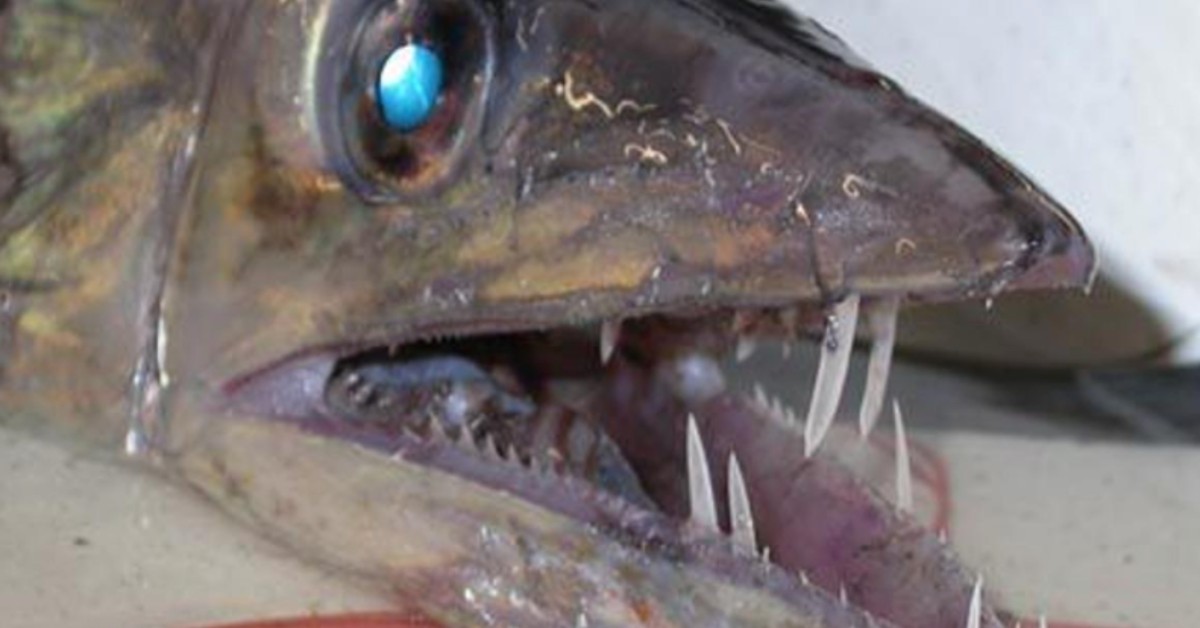First Cannibalistic Creature Washed Up On Local Beach

The locals were surprised after a four-foot-long, cannibalistic lancetfish was washed up on the shore along a California beach. Although it’s already dead, the fish was found intact with its long silver body, ridged black fins, and piercing blue eyes.
This is such a great find for the experts here. The carcass is now with the Scripps Institution of Oceanography and the team was able to study its stomach contents and they were saddened by what they have found – microplastics.
It is not rare to see a lancetfish but this is the first to be preserved by the institution since 1996. Also, this is only the 17th preserved lancetfish from a San Diego beach since 1947.
According to reports, the beachgoers spotted the long, skinny fish on the beach and the Scripps made the announcement of the find.
The fish was found on San Diego’s La Jolla Shores, but typically, it lives between the ocean’s surface and about 6,000 feet below the seawater. That is why it is unclear how the lancetfish was found ashore. According to the experts, there is a big chunk missing from its neck which indicates the tears from seagulls that were probably chomping on the dead fish before it was found.
Manager Ben Frable shared with CNN that the fish was found at La Jolla Shores alive by beachgoers but did not survive for too long. Frable suspects that the fish ended up on the beach after trying to swim away from a predator but ended up getting caught in the current.
The lancetfish is a vicious creature. Aside from eating their own kind, they are also hermaphrodites. This means that they have both male and female reproductive organs. The one that washed up at the La Jolla Shores is believed to be on the smaller side because the lancetfish can grow up to seven feet long.
Aside from the lancetfish, the Scripps Institution for Oceanography also shared on Twitter about a Pacific football fish that was also washed up on a beach in San Diego just last month.
This deep-sea fish was found by Jay Beiler. He was walking along the shore at Black’s Beach in Torrey Pines when he came across the football fish. Reports say that Beiler spotted an odd-looking creature on the beach on November 13. At first, he thought that it was a jellyfish. And upon closer inspection, he realized it was something else. He reported it to Scripps and the experts determined it to be a Pacific football fish.
The Pacific football fish, or “Himantolophus sagamius” can usually be found in waters that are 3,000 feet deep. This is one of more than 200 species of anglerfish that were discovered in the deep seas.
The Scripps Institution of Oceanography explains that the last time that a fish like this was washed up in San Diego was 20 years ago, in December 2001 at Dog Beach in Del Mar. And this is known to be the third one to get washed up in California.
The females can grow up to 24 inches while males only grow about an inch long. The males’ purpose on the planet is to find a female and reproduce. And when a male finds its mate, it immediately latches onto the female with its teeth and becomes a ‘sexual parasite.’ It will eventually coalesce with the female until nothing is left of their form except for their testes which will be used for reproduction.

